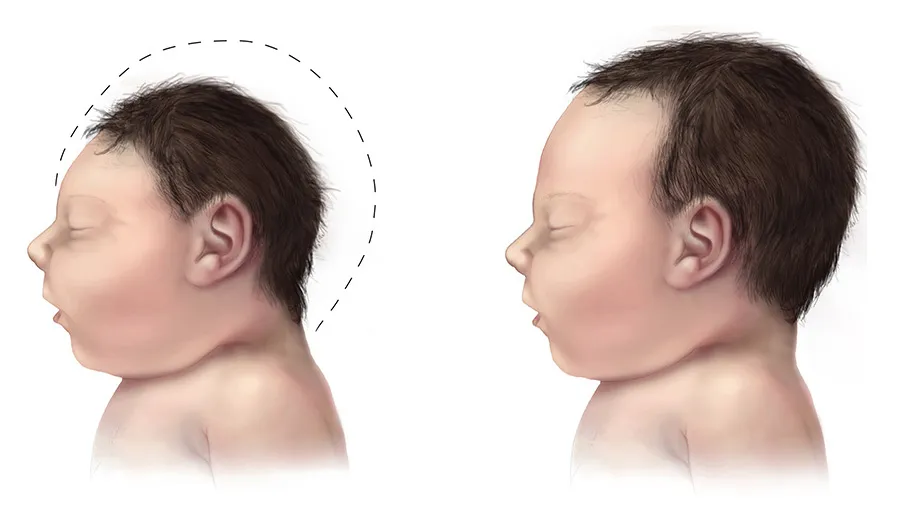The word “febrile” can trigger a sense of alarm among parents, especially when it involves their child’s well-being. To clear up the ambiguity and concerns around this term, I am Dr. Michael Nwaneri, a board-certified pediatrician and obesity medicine specialist. In this comprehensive guide, we’ll delve into the nature of febrile episodes in children, their causes, symptoms, and management strategies. This guide aims to be an exhaustive resource that aligns with the criteria of originality, comprehensiveness, accuracy, and trustworthiness.
What Does Febrile Mean?
Febrile is a term used to describe conditions that are related to or caused by a fever. Fever itself is a natural bodily response to infection or other conditions and is characterized by an elevated body temperature.
Unveiling the Causes: Why Febrile Episodes Occur
Infections
- Viral Infections: Such as the flu, common cold, or hand-foot-and-mouth disease.
- Bacterial Infections: Including strep throat, ear infections, or urinary tract infections.
Other Causes
- Immunizations: Some children may develop a fever after receiving vaccines.
- Inflammatory Conditions: Like rheumatoid arthritis or inflammatory bowel diseases.
- Teething: Though controversial, some believe teething can cause mild fevers.
Recognizing the Symptoms: What Accompanies a Febrile Episode
- Elevated Body Temperature: Usually above 100.4°F (38°C).
- Chills and Shivering: Even in a warm environment.
- Fatigue and Weakness: Lower energy levels than usual.
- Body Aches: Generalized discomfort and muscle aches.
Diagnostic Procedures: Understanding the Underlying Cause
- Medical History: A detailed account of symptoms and exposures.
- Physical Examination: To check for signs of infections or other causes.
- Blood Tests: To identify bacterial or viral markers.
- Other Diagnostic Tests: Like X-rays, MRIs, or lumbar punctures may be recommended based on symptoms.
Treatment: Managing Febrile Episodes
- Antipyretics: Medications like acetaminophen or ibuprofen to lower fever.
- Hydration: Ensuring the child stays well-hydrated.
- Rest: Key to speeding up recovery.
- Antibiotics: Prescribed only when a bacterial infection is confirmed.
- Hospitalization: In severe cases or when febrile seizures occur.
Preventive Measures: Reducing the Risk of Febrile Episodes
- Regular Vaccination: Protects against many infections that could lead to febrile episodes.
- Good Hygiene: Handwashing, sanitation, and avoiding contact with sick individuals.
- Balanced Diet: To boost the immune system and resist infections.

Conclusion: Empowerment Through Understanding
Febrile episodes in children can be daunting for parents, but with the right knowledge, you can navigate these experiences with confidence. The most important takeaway is that fever is usually a symptom, not a disease in itself. Determining the underlying cause and treating it appropriately is crucial for your child’s well-being.
References
- American Academy of Pediatrics – Fever and Your Child
- Centers for Disease Control and Prevention – Fever in Children
- Mayo Clinic – Fever
Disclaimer: This article is for educational purposes and should not replace professional medical advice.




